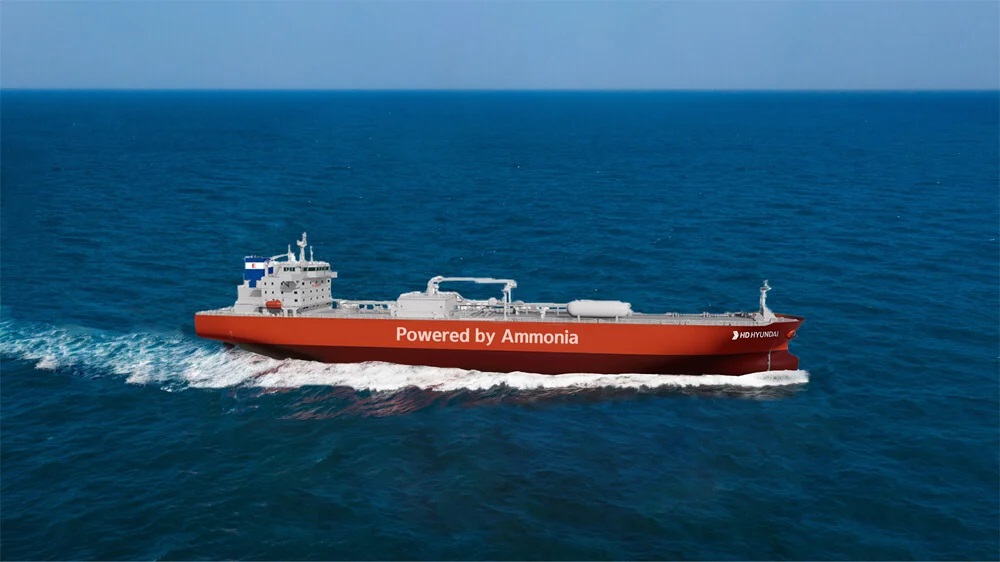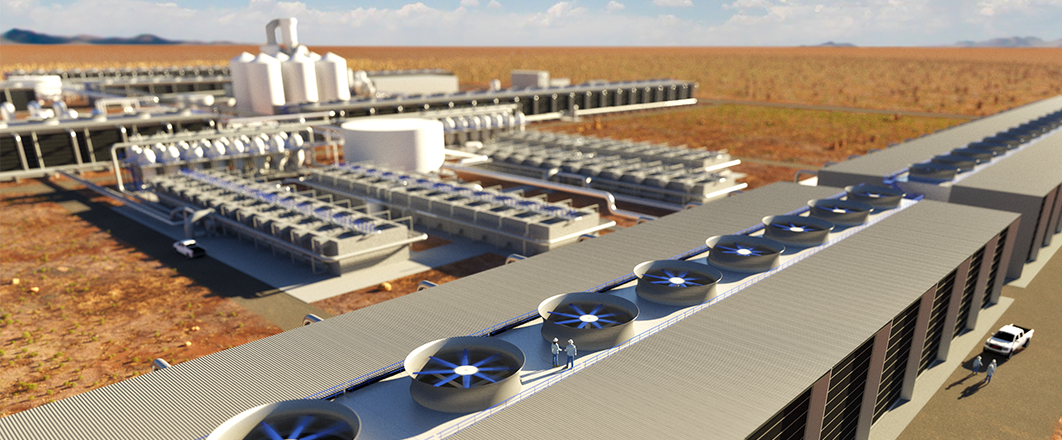
Carbon capture is seen as one of the ways to meet global and industry decarbonisation targets, but global uptake of the technology is lagging in the short term.
Although the pathways to maximise the potential of Carbon Capture and Storage (CCS) remain uncertain at this stage, shipping leaders are confident that the technology will play an essential role in helping the sector achieve its net zero ambition. Speaking at the Shaping the Future of Shipping: Delivering a Net Zero World summit at COP28, Anders Hammer Strømman, Lead Author Transport 6th Assessment Report, Intergovernmental Panel on Climate Change (IPCC), said: “Getting to net zero will be difficult, and CO2 removal will be required to counterbalance residual emissions… actual global rates of CCS deployment are far below the rates in the model pathways to limit global warming to 1.5°C and 2.0°C.” It is of note that the latest IPCC report lists shipping among the areas where some residual CO2 emissions are unavoidable.
Demand for CCS technology is already on the rise, particularly given the regulatory landscape. Professor Lynn Loo, CEO of Global Centre for Maritime Decarbonisation told Leadership Insights that shipboard carbon capture (SBCC) is recognised as an abatement measure by EU ETS, and will be tabled for discussion at upcoming MEPC meetings. She believes that policy support at IMO would bring demand signals and spur action on SBCC adoption. “While there remains technical challenges in ‘marinising’ carbon capture technologies for use onboard vessels, I believe we will eventually overcome these challenges, which are mostly engineering in nature,” Loo said.
Factors to be considered for SBCC include energy demand, footprint of the installations onboard, complexities of the process, storage requirements and options, as well as sequestration and the energy this will require, Mark Darley, Chief Operations Officer, Lloyd’s Register told Leadership Insights. He believes that competitive SBCC technologies may take time to mature, but will remain relevant to shipping. He predicts that much can be achieved over a 10-15 year timeline, provided that the global CO2 value chain upscales considerably with sequestration points in different geographical areas and investment in terminal infrastructure for CO2 management and debunkering.
“We could witness a substantial uptake of carbon capture in shipping, especially for existing ships and LNG carriers. In around 10 years, action will be required for existing ships to maintain compliance with international emissions requirements. CCS may offer an easier route to extending the commercial life of a vessel than switching to alternative fuels e.g. LNG vessels in the future looking to extend their commercial lives. These scenarios are again based on the development of the necessary terminal and port infrastructure required to debunker CO2 from ships,” Darley said.
CCS is also on the radar for ABS Chairman and CEO Christopher J. Wiernicki, who told Leadership Insights that the defining challenges for the future of clean shipping are continuing to develop and upscale electrolysers for the splitting of water into oxygen and clean hydrogen, and carbon capture to efficiently trap CO2 from fossil fuel emissions.
For the short term, however, Melina Travlos, President, Union of Greek Shipowners and Chair, Neptune Shipping Lines has said that the development of drop-in fuels for shipping must be a priority. Speaking at the Shaping the Future of Shipping: Delivering a Net Zero World summit at COP28, she reminded attendees that in the longer term, carbon capture can help further reduce existing ships’ emissions and compensate for the likely non-availability of the clean fuels during the decarbonisation transition.
Related content
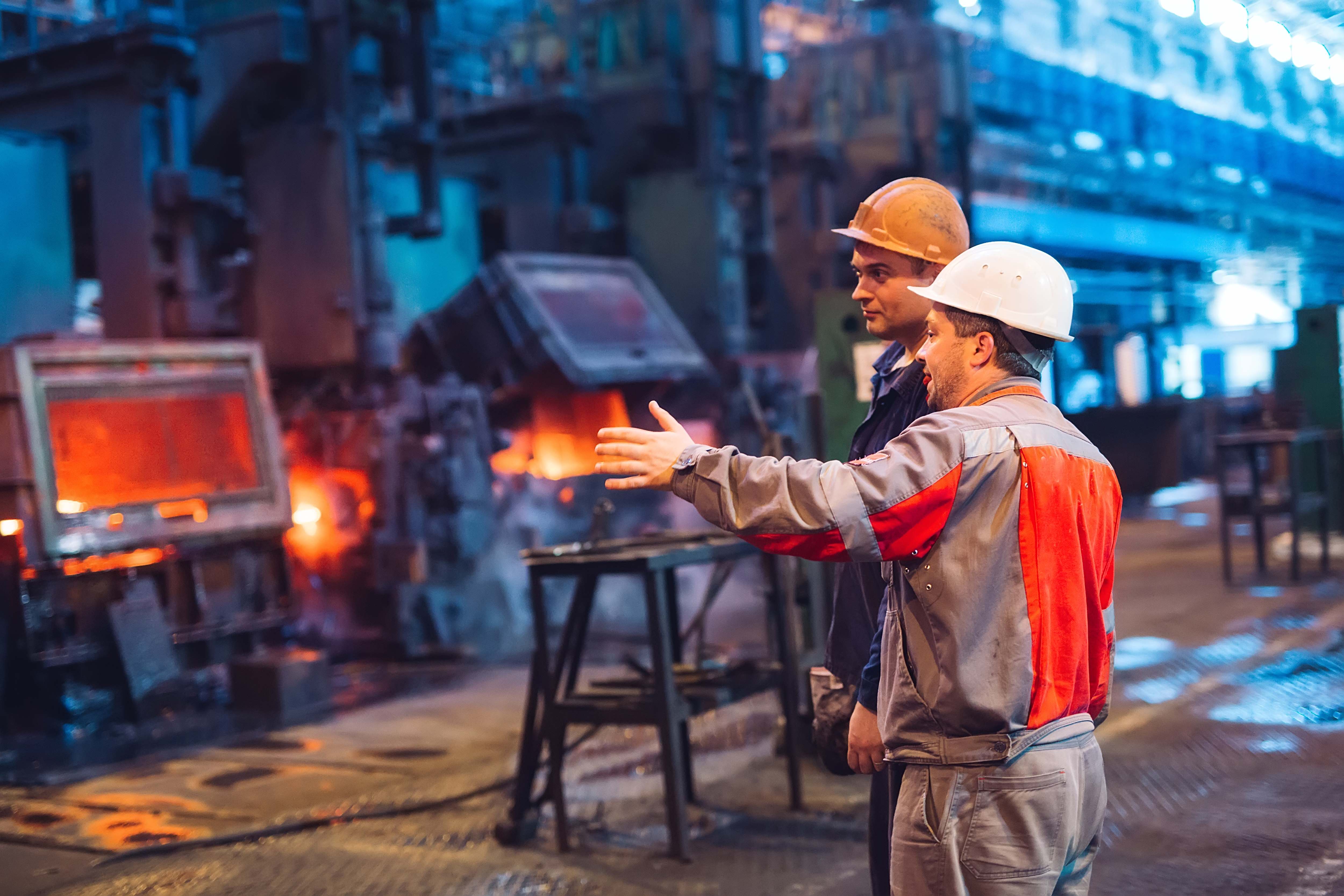
Technology for €88M hydrogen-fuelled steel plant holds promise for maritime innovations
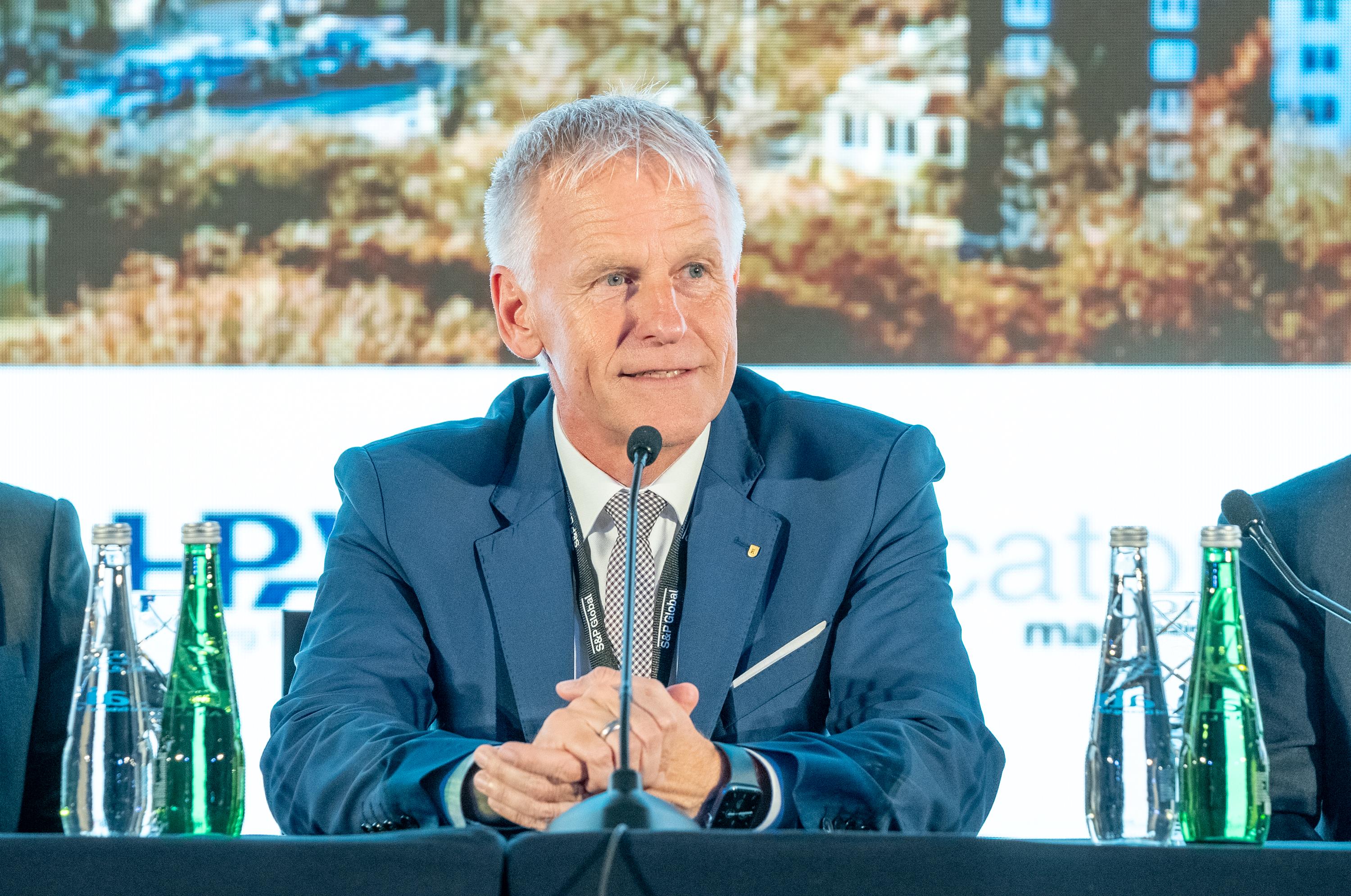
Jens Meier: Ports in transition
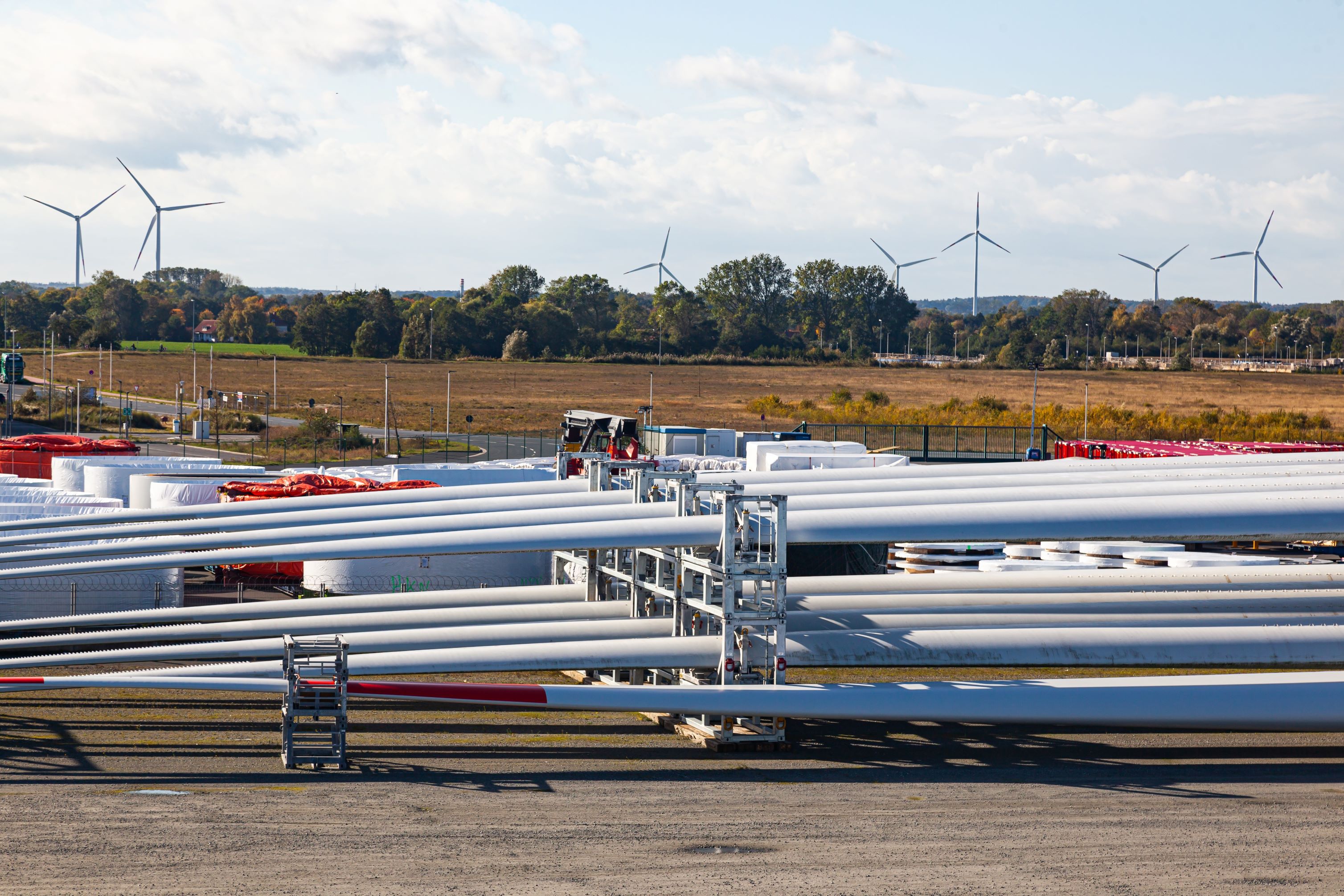
Supply chain and turbine operation challenges pose threat to renewable fuel generation
